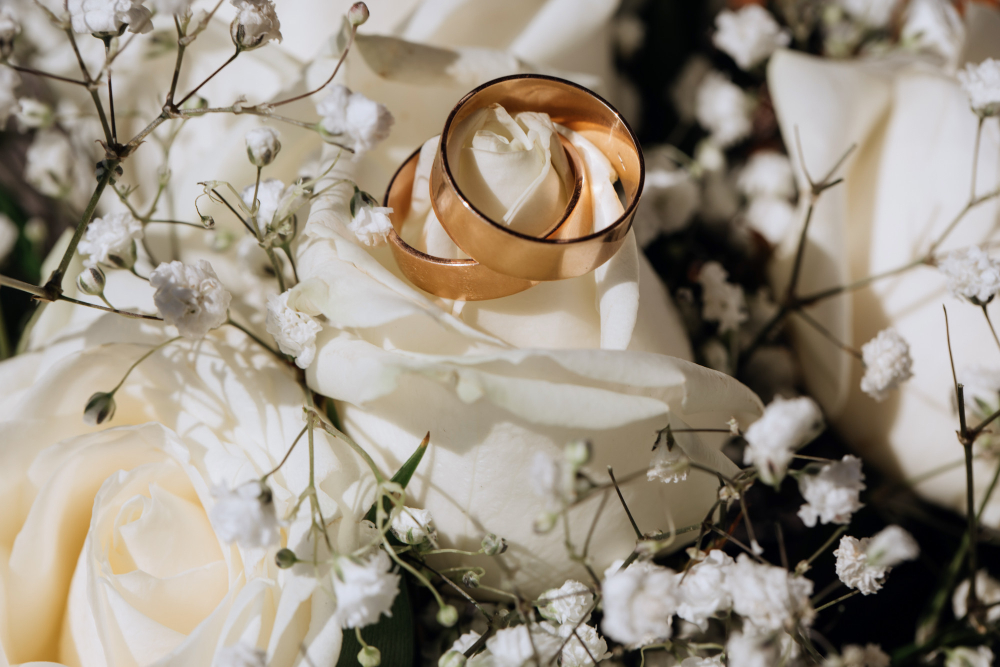
The exchange of wedding rings is a beautiful and symbolic tradition that has been cherished for centuries. These simple bands of metal hold profound significance, representing the eternal bond of love and commitment between two individuals. The placement of the wedding ring on a specific finger is not a random choice; it carries cultural and historical significance. In this article, we explore the tradition and significance of wedding ring placement, a symbol of love that transcends time and cultures.
The Circular Symbolism: A Love Without End
The circular shape of wedding rings holds deep symbolism. It represents eternity, with no beginning or end, mirroring the everlasting love shared between the couple. The continuous loop of the ring signifies the unending commitment and devotion in the marriage journey.
The Left-Hand Tradition: A Vein to the Heart
The tradition of wearing the wedding ring on the left hand is believed to have originated from ancient Egypt and Rome. The Egyptians believed that a vein, known as the “vena amoris” or the “vein of love,” ran directly from the fourth finger of the left hand to the heart. The Romans later adopted this belief, leading to the practice of placing the wedding ring on the left hand to symbolize the direct connection of love to the heart.
The Ring Finger: The Fourth Digit of Love
In many cultures, the fourth finger of the left hand is designated as the “ring finger,” the specific finger where the wedding ring is traditionally worn. The choice of this finger is deeply rooted in historical customs and beliefs, further strengthening the symbolism of the wedding ring as a token of love and commitment.
Cultural Variations: Right Hand vs. Left Hand
While the left hand is the most common choice for wedding ring placement in many Western countries, some cultures and regions follow the tradition of wearing the wedding ring on the right hand.
- In some European countries, such as Germany, Austria, and Norway, it is customary to wear the wedding ring on the right hand.
- In parts of Eastern Europe, including Russia and Greece, the right hand is also the preferred choice for wedding ring placement.
- In countries like India, the choice of hand and finger for wedding rings can vary based on regional customs and cultural practices.
The Unity of Marriage: Engagement and Wedding Rings
In some traditions, the placement of wedding rings is influenced by engagement rings. The engagement ring is often worn on the fourth finger of the left hand, and when the wedding ring is exchanged during the marriage ceremony, it is placed next to the engagement ring. This symbolizes the unity of the two rings and the progression from engagement to marriage.
A Timeless Expression of Love
The placement of the wedding ring on a specific finger carries deep cultural and historical significance, emphasizing the eternal bond of love and commitment shared between two individuals. Whether worn on the left hand, right hand, or alongside an engagement ring, the wedding ring serves as a timeless symbol of the unending circle of love in marriage. As couples exchange these simple bands of metal, they embark on a journey of togetherness, strengthened by the profound meaning and tradition that the wedding ring represents.

